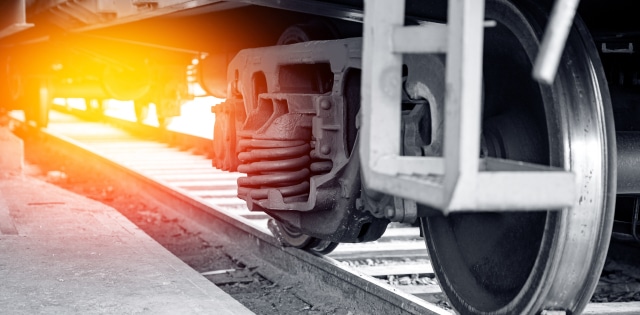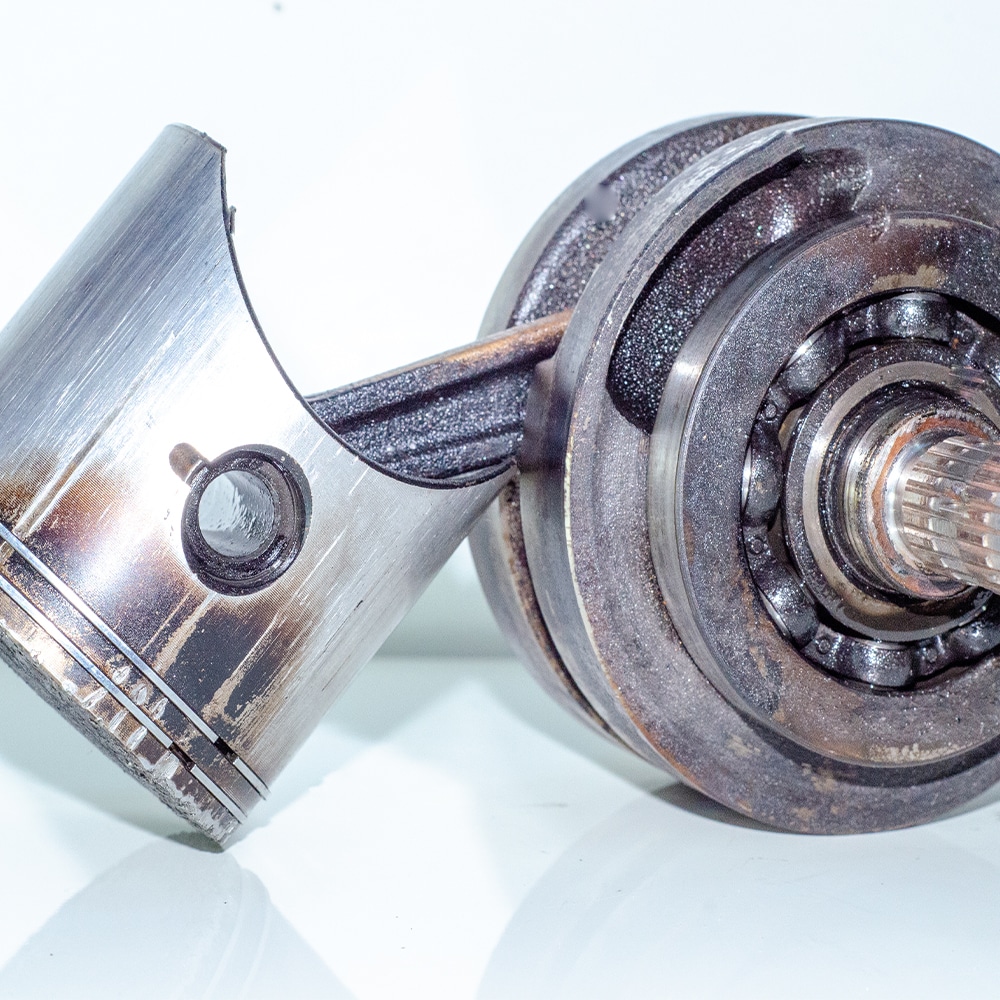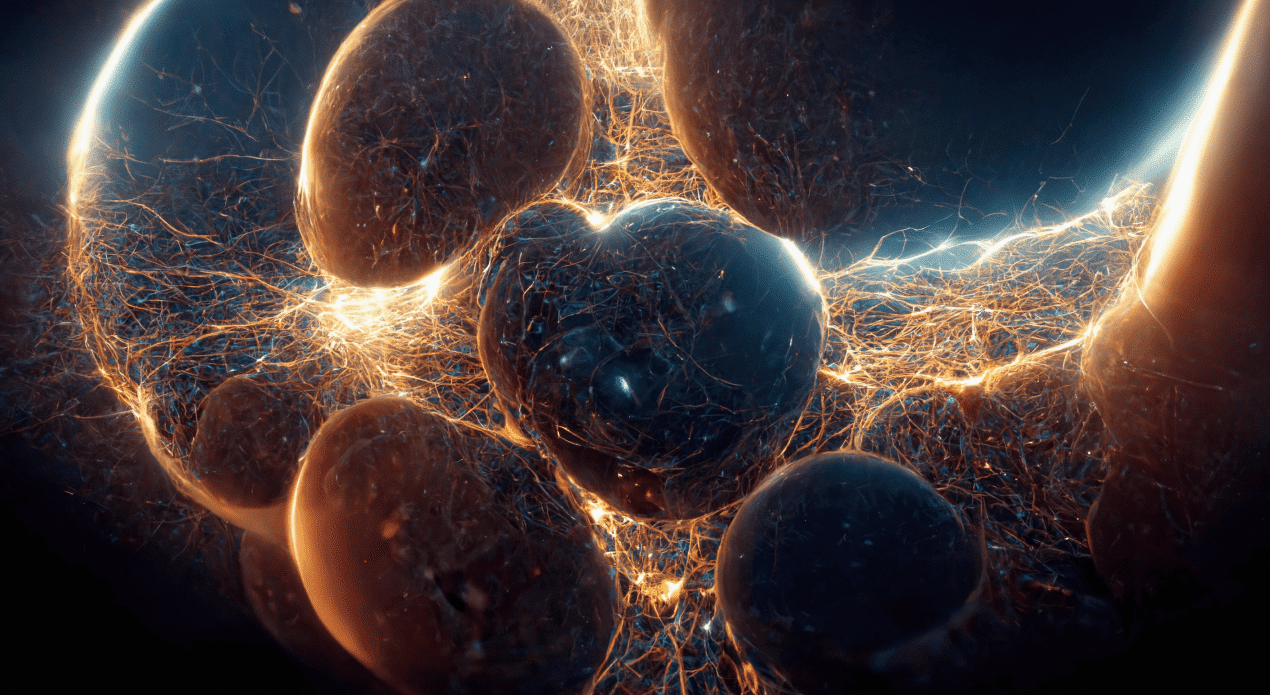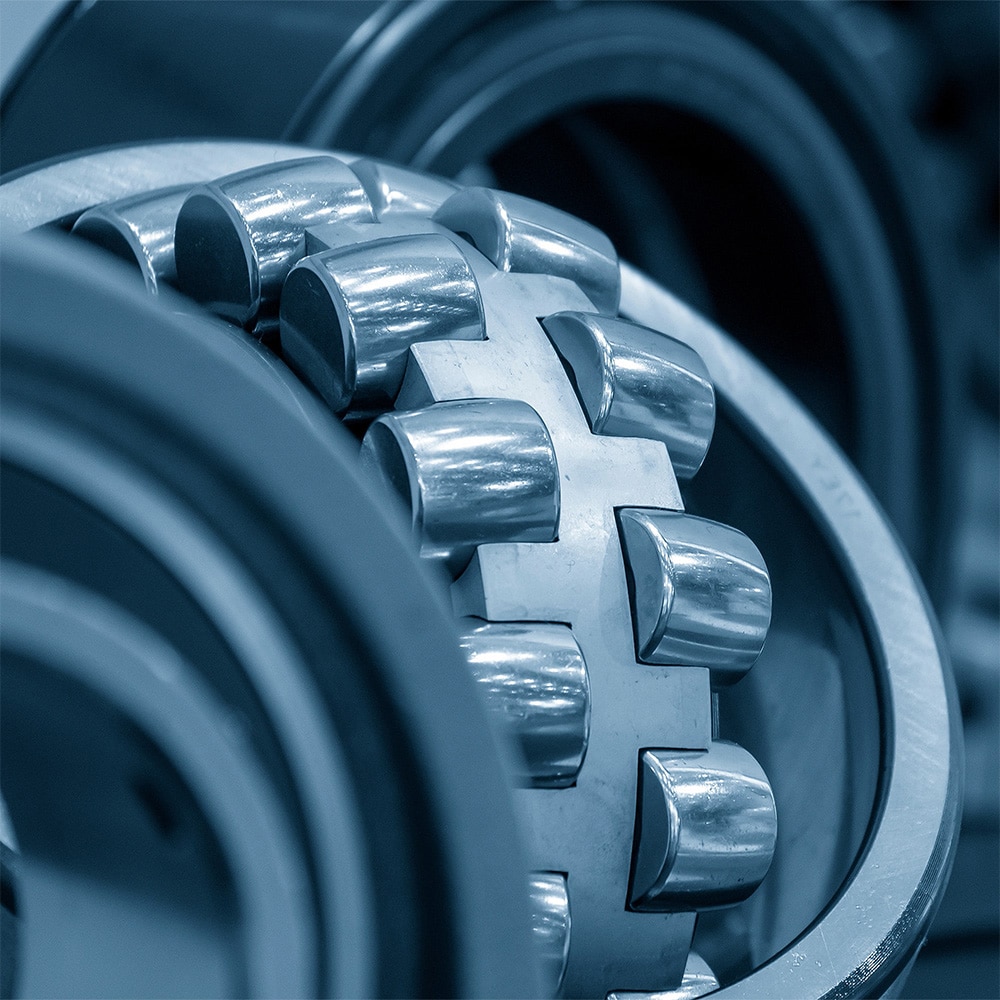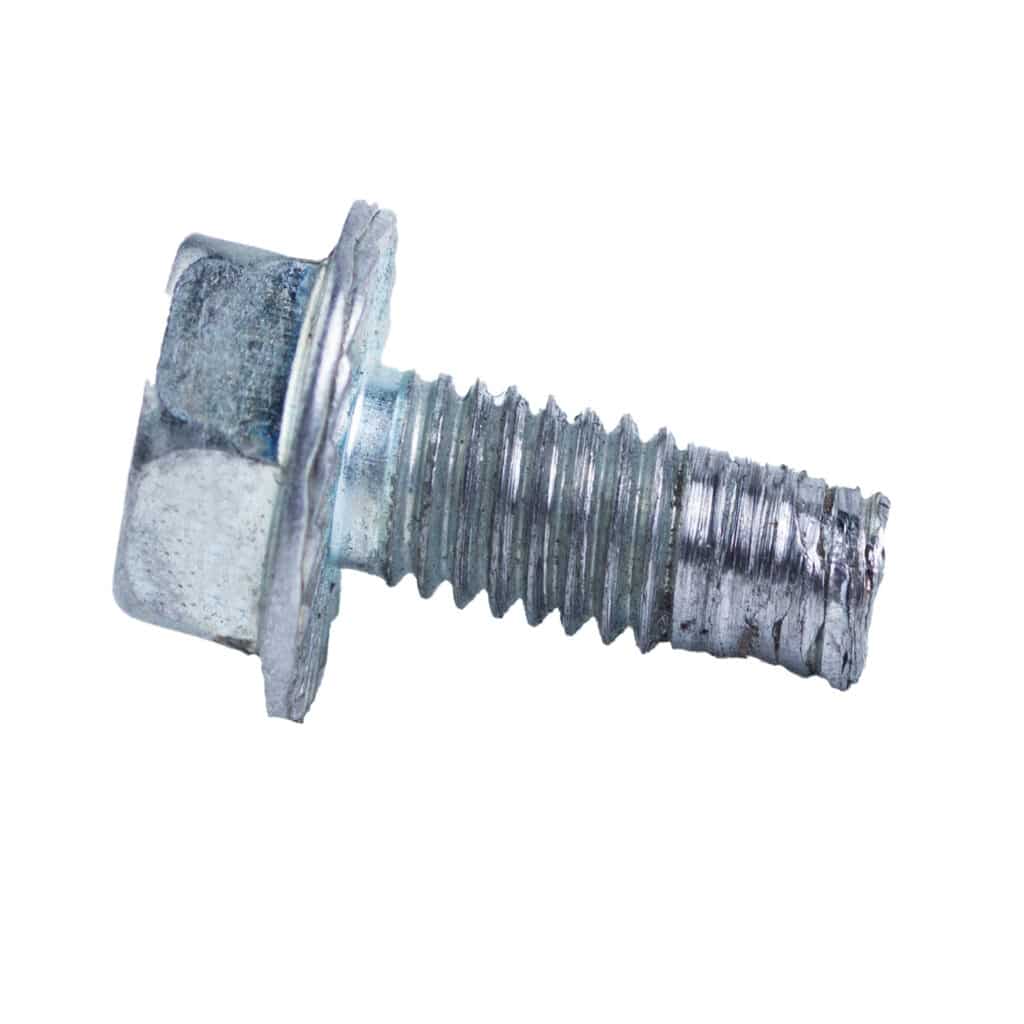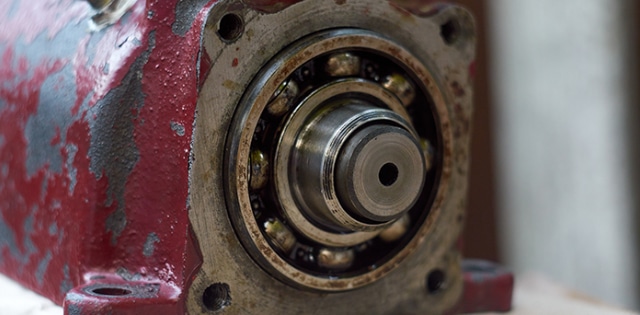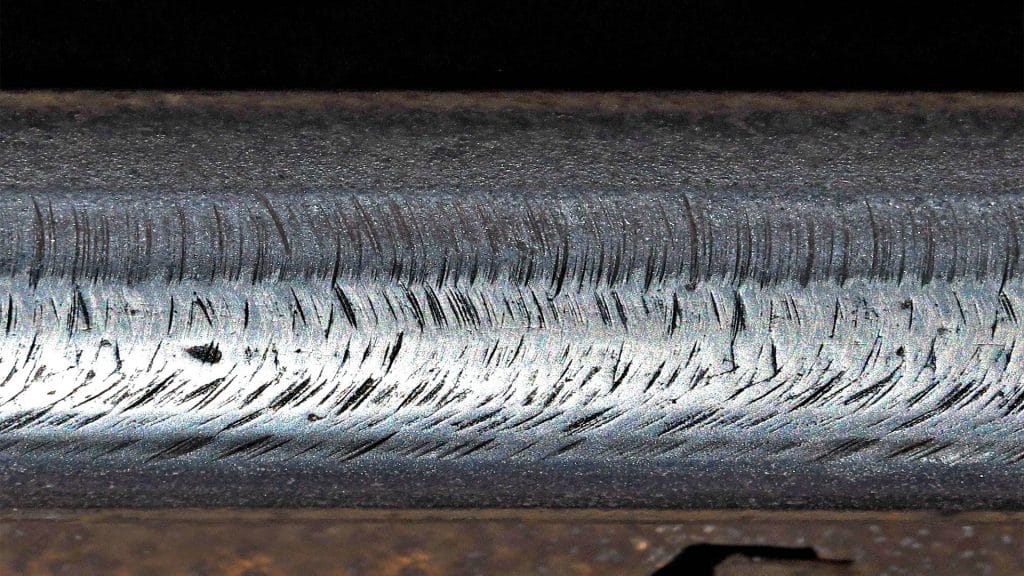When metal is exposed to temperatures beyond its design limits, several irreversible changes can occur that compromise its performance and longevity:
- Grain Growth: Excessive heat causes metal grains to coarsen, reducing strength and making the material more brittle or prone to fatigue.
- Phase Transformation: Some alloys undergo structural changes at high temperatures, which can alter hardness, ductility, and corrosion resistance.
- Surface Oxidation or Scaling: Oxide layers may form rapidly, weakening the surface and affecting dimensional tolerances or sealing performance.
- Loss of Mechanical Properties: Overheating can degrade yield strength, toughness, and fatigue resistance, especially in high-performance alloys.
- Meltback or Microstructural Damage: In extreme cases, localized melting or intergranular damage can occur, especially if cooling rates are uneven or uncontrolled.
Controlling thermal exposure is critical during heat treating, machining, and welding. For more on how to protect metal components, see our blog post: Component Shape Preservation While Preserving Function and Form.
